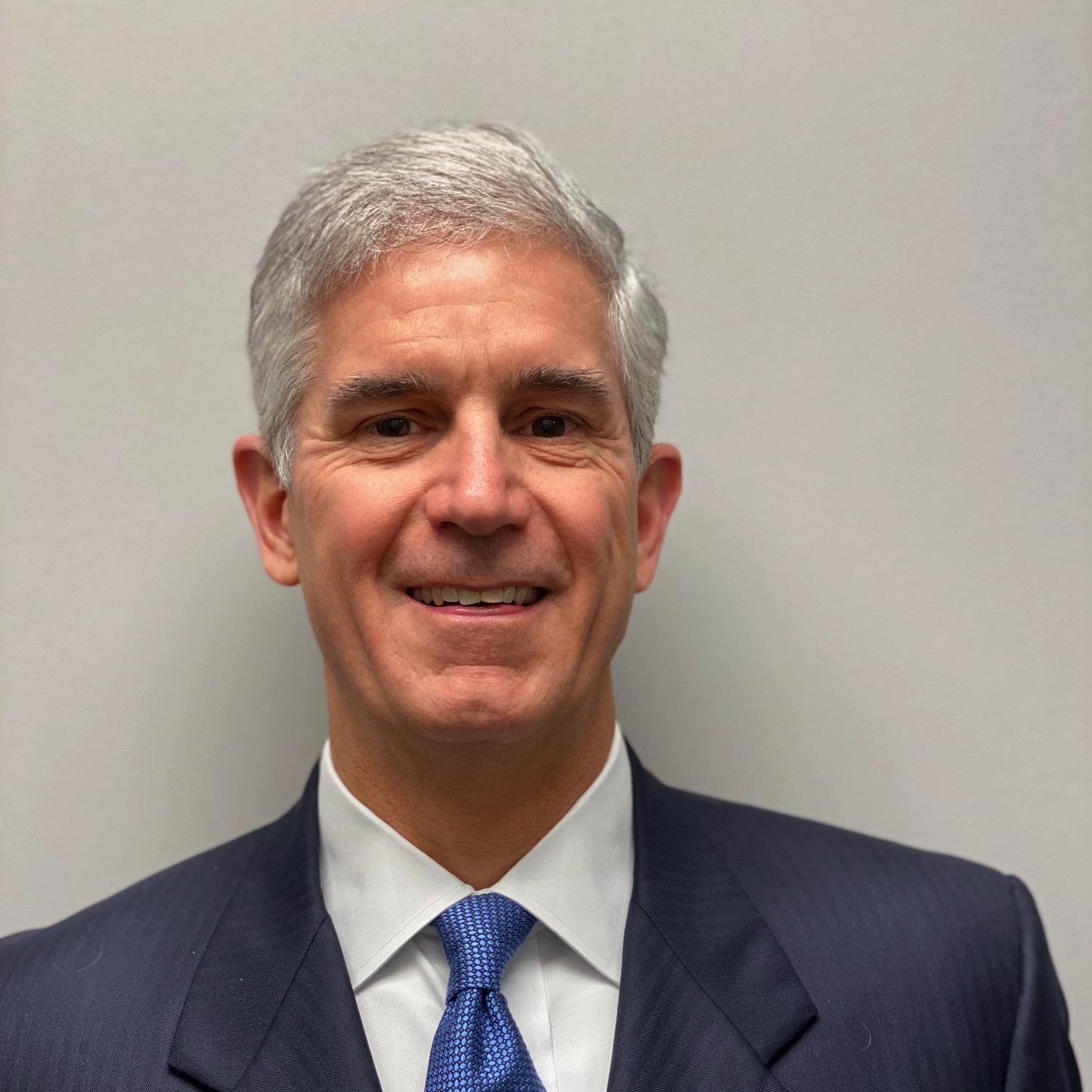Revised Version: Will Athletes’ Right-of-Publicity Claims Transform College Sports?
Thursday, May 23rd, 2013
After I originally published this column, the Third Circuit reversed a district court decision throwing QB Sam Hart’s case against EA Sports out on First Amendment grounds. I rewrote the affected part of the column. Here it is:
If you want to ignite a flame war on a sports message board, start a discussion about whether college athletes deserve to get paid.
The courts are about to make big decisions in this area. While it’s unlikely, the results could transform college sports.
The headline lawsuit is a class action filed by former UCLA basketball player Ed O’Bannon against the NCAA and videogame maker EA Sports.
O’Bannon and several other athletes are seeking court approval to represent thousands of current and former Division I football and men’s basketball players. They claim their rights of publicity were violated because they were not paid either for TV broadcasts of their games or for college sports video games that use similar-looking avatars.
They also claim the defendants violated antitrust laws by conspiring to not pay current and former players for these uses of their likenesses.
O’Bannon’s lawyers seek to recover half of all the money paid and to be paid by TV networks to broadcast their games, in addition to other damages. That’s billions of dollars.
In June, a federal trial court will hold a hearing on whether the case can proceed as a class action or, instead, whether each athlete would have to sue on his own.
Specifically, the court will decide whether the athletes have enough in common to make a class action workable.
That ruling could be decisive. In class action cases, getting the class certified often leads to a lucrative settlement, while certification rejection often makes the individual cases uneconomic to pursue.
The NCAA paints a doomsday picture of what would happen if the plaintiffs won the suit.
They predict that a big drop in TV revenue paid to colleges would cause the schools to cut many non-revenue sports and could make many athletic departments insolvent. The Big Ten Conference threatened the possibility of ending athletic scholarships, although that’s probably a bluff.
The athletes counter that colleges are getting rich off a gusher of TV money, as evidenced by soaring, multi-million dollar coaching salaries and posh football and basketball facilities.
Related cases could make an impact too, albeit smaller.
Two former college quarterbacks are each trying to lead class actions aimed just at the “NCAA Football” video game made by EA Sports. They too claim their rights of publicity are being violated.
In that game, entire NCAA football teams are replicated but the names and faces of the individual players are not used. Yet, the game uses the same jersey numbers and athletic skill sets as the players, and often the same physical appearance, such as hair and skin color.
So far the quarterbacks’ are marching down the legal field. Ryan Hart, a former Rutgers player, is seeking to lead a class action, while Sam Keller, who played at Arizona State and Nebraska, is seeking in another court to lead essentially the same class action.
Each quarterback has defeated (for now at least) the argument that the First Amendment protects EA Sports’ ability to use without permission an avatar replica of him. Yet, the players each still have to win class action certification and to prove that their rights of publicity were violated even though their names and faces were not used.
So what’s going to happen? I’ll venture some guesses.
In the big case − O’Bannon’s suit against the NCAA − I predict the court will deny class action status because of the variety of situations of college athletes.
Right of publicity laws vary from state to state, and star athletes have high publicity value while others turn out to not even be worth the cost of their college scholarships.
The smaller suits against just EA Sports over videogames are harder to call. Based upon rulings so far, I predict the courts will hold that these avatars usually are too similar to the former college players and, thus, that the players’ rights of publicity were violated.
Yet, the decisions could go the other way because usually a right-of-publicity claim is based upon use of a person’s picture, name, signature or voice. College athletes don’t own their jersey numbers – the college controls that.
Yet, even if the athletes win against EA Sports, we’re talking only about video game revenue and not the big kahuna – TV money. Video game makers could probably protect themselves going forward by just making the player avatars less suggestive of the real players.
So, will it be the end of college sports as we know it? Probably not.
But, like the monster Apophis asteroid that probably will just miss the Earth in 2029, there is a small probability of a major impact, so it’s worth watching.
Written on May 23, 2013
by John B. Farmer
(c) 2013 Leading-Edge Law Group, PLC. All rights reserved.




